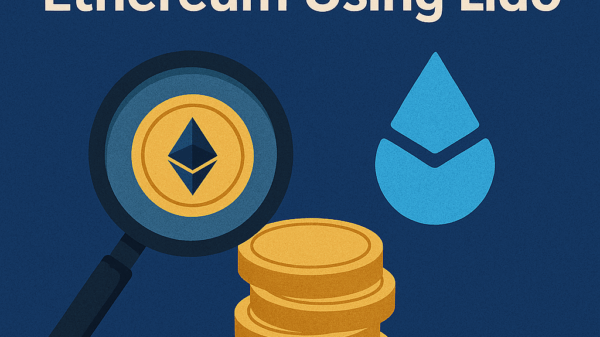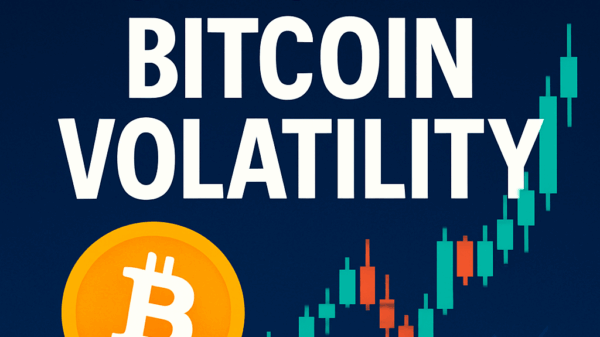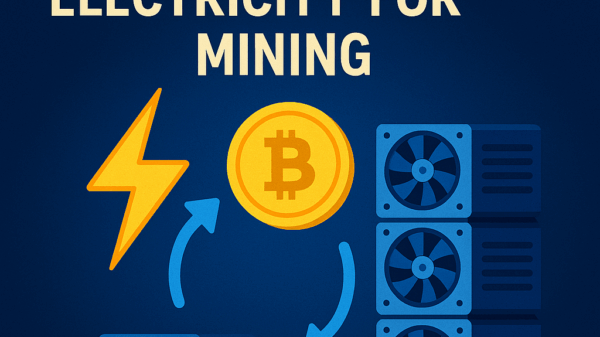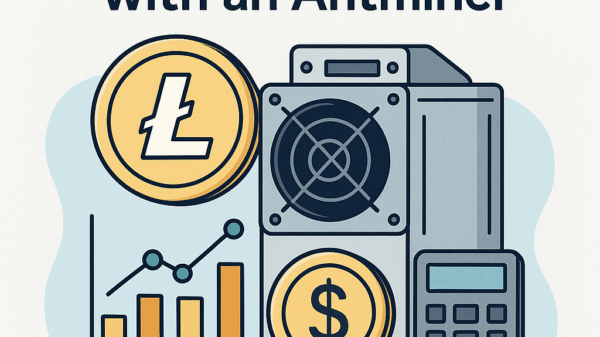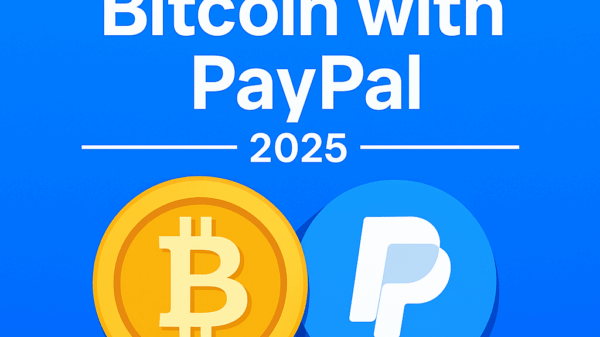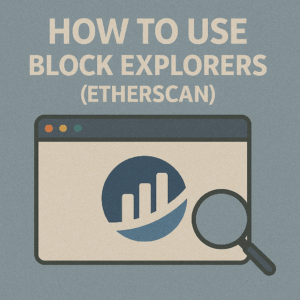How to Check Whale Wallets
By Jason Miller – Crypto Writer 10.expert 🧠 Covering Bitcoin, altcoins, blockchain & Web3.
As a crypto writer and analyst, the concept of “whale watching” in the crypto market is akin to tracking the big movements of institutional investors or hedge funds in traditional finance. A “whale” is an individual or entity holding a significant amount of a particular cryptocurrency, large enough to potentially influence market prices with their trades. Thanks to the transparent nature of public blockchains, these movements, though often pseudonymous, are trackable.
In 2025, with increasing institutional adoption and sophisticated on-chain analytics tools, tracking whale wallets has become a refined art. It’s not about blindly following every big move, but about gleaning insights into potential market shifts, accumulation or distribution phases, and even identifying early signals for emerging projects. This is a crucial skill for any serious crypto participant looking to gain an edge.
However, a crucial disclaimer: while tracking whales can provide valuable insights, it’s not a foolproof strategy. Whales can manipulate markets, make moves for reasons unrelated to market direction (e.g., rebalancing, internal transfers), or even split their holdings across many wallets to obscure their activity. Always combine whale watching with fundamental analysis, technical analysis, and sound risk management.
Let’s dive into how to check whale wallets like a pro.
How to Check Whale Wallets: Uncovering Smart Money Moves in Crypto 🐳🕵️♂️
Tracking large crypto holders can provide valuable insights into market sentiment and potential price movements. Here’s how to do it.
Understand What Constitutes a “Whale” 🌊
- Relative Definition: There’s no fixed amount. A Bitcoin whale might hold 1,000+ BTC, but for a smaller altcoin with a $50 million market cap, holding $1 million worth might make you a whale.
- Impact Potential: A whale is defined by their ability to significantly impact a coin’s price or liquidity through their buy/sell orders.
Start with Blockchain Explorers (Etherscan, Solscan, BscScan, etc.) 🌐
- Top Holders List: Every major blockchain explorer allows you to view the “Holders” tab for any given token’s contract address. This lists all wallet addresses holding the token, ranked by quantity.
- Identify Large Addresses: Look for addresses with exceptionally large holdings (often 0.1% to 1% or more of the total supply, depending on the token’s market cap and distribution).
- Click and Explore: Click on these large addresses to view their full transaction history, other token holdings, and interactions with smart contracts.
Utilize Dedicated On-Chain Analytics Platforms 📊
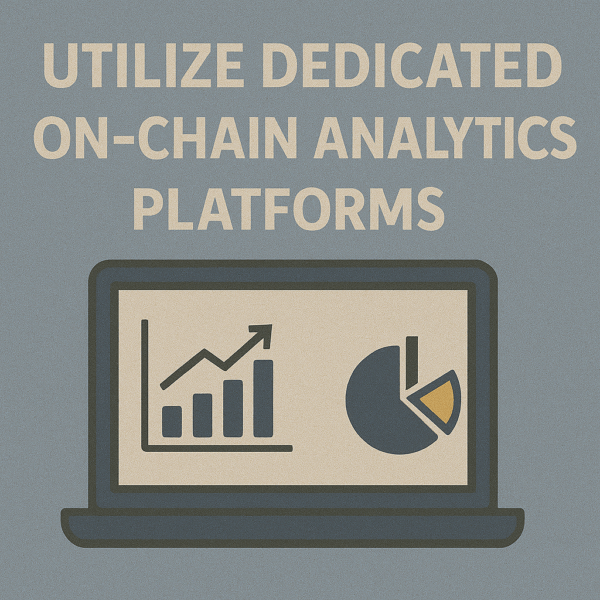
- Nansen: A premium tool widely recognized for its “Smart Money” labels. Nansen identifies and tags wallets belonging to VCs, institutions, exchanges, foundations, and known influential traders. This is immensely powerful for truly understanding who is moving funds.
- Arkham Intelligence: Similar to Nansen, Arkham focuses on de-anonymizing blockchain data, linking addresses to real-world entities. Its visualizer tools are excellent for tracing fund flows.
- Glassnode / CryptoQuant: These platforms provide aggregated on-chain metrics, including “whale ratios” or “supply held by whales,” giving a macro view of large holder activity. They don’t typically provide individual wallet addresses but show trends.
- Dune Analytics: A powerful, free tool (requires SQL knowledge or reliance on community dashboards). You can find pre-built dashboards that track whale movements for specific tokens or protocols.
Employ Real-Time Whale Alert Services 🚨
- Whale Alert (Twitter/X & Website): The most famous service. It tweets large transactions (often >$500,000 or $1M) as they happen across various blockchains. Follow their X account for free updates.
- Cryptocurrency Alerting: Allows you to set custom alerts for large transactions from specific addresses or for a certain value threshold on monitored blockchains.
- Telegram Bots: Many Telegram bots offer basic whale movement alerts, though their reliability can vary. (Refer to the “How to Use Telegram Bots for Alerts” article).
Look for Inflows/Outflows to Exchanges 📈
- Exchange Wallets: Whales often move funds to exchanges when they intend to sell and withdraw funds when they intend to hold or use them in DeFi.
- “Whale Alert” Significance: Pay close attention when Whale Alert flags large transfers to or from exchange addresses. Large inflows to exchanges can signal potential selling pressure, while large outflows can indicate accumulation or long-term holding.
- Aggregated Data: On-chain analytics platforms (Glassnode, CryptoQuant) provide charts showing net exchange flows.
Monitor Dormant Wallets Becoming Active 😴➡️💡
- Long-Term Holders: If a wallet that has been dormant for years (e.g., holding early Bitcoin or Ethereum) suddenly becomes active, it’s a significant event.
- Interpretation: This could signal a major whale rebalancing their portfolio, moving funds to an exchange for a large sale, or deploying capital into new opportunities.
Track Wallets of Known Entities 🏷️
- Venture Capital Firms: Many crypto VCs (e.g., a16z, Paradigm, Pantera Capital) have identifiable on-chain wallets. Following their activity can provide insights into their portfolio strategy.
- Project Treasuries/Foundations: Keep an eye on official project treasuries or foundation wallets, as their large movements can impact the token’s price.
- Centralized Exchanges (CEXs): While you can’t see individual customer funds, you can track the large wallets controlled by exchanges themselves.
Analyze DeFi Protocol Interactions 🏦
- DeBank: A fantastic tool for tracking wallets involved in DeFi. It shows current DeFi positions, borrowed/lent assets, and yield farming activities for any given address across multiple chains.
- Liquidity Pool Activity: Observe large additions or removals of liquidity from DEX pools. Whales adding liquidity might be long-term bullish, while large removals could precede a sell-off.
Look for NFT Whale Wallets 🖼️
- NFT Aggregators with Wallet Trackers: Platforms like DappRadar, Nansen (for NFT-specific analysis), or even some marketplace analytics (e.g., OpenSea activity feed for specific collections) allow you to track significant NFT collectors and their buying/selling patterns.
Chain-Specific Explorers and Tools 🔗
- Beyond Ethereum: While Etherscan is the prototype, almost every major blockchain has its own explorer (e.g., Polygonscan, Arbiscan, Optimism Etherscan, Solscan for Solana, BscScan for BNB Smart Chain). Whale tracking principles apply across all.
Cross-Reference Data and Look for Patterns 🧩
- Not Just One Metric: Don’t base decisions on a single whale transaction. Look for multiple signals, consistency in behavior, and correlation with broader market trends.
- Accumulation vs. Distribution: Is the whale consistently buying (accumulation) or consistently selling (distribution) over time?
Be Aware of Wallet Splitting and Obfuscation 👻
- Sophisticated Whales: Experienced whales often split their holdings across many wallets or use mixers (though less common now due to regulatory pressure) to obscure their total holdings and activity.
- Heuristic Analysis: Advanced on-chain analytics platforms use heuristics and AI to try and link these fragmented wallets to a single entity.
Consider the “Sleeping Giant” Phenomenon 💤
- Untouched Funds: Wallets that hold massive amounts of crypto but have never moved funds (e.g., early Bitcoin miner wallets) are often referred to as “sleeping giants.” Any movement from these would be a monumental event.
Exercise Extreme Caution with “Copy Trading” ⚠️
- Risky Business: While tempting to “copy” whale moves, this is a highly risky strategy. Whales operate with different capital, information, and goals than retail investors. They might be executing complex strategies over time, and a single transaction could be just one small part of a larger plan.
- Lag: You’re always reacting to past data. By the time you see a whale move, the optimal entry/exit point may have passed.
Integrate Whale Data into Your Broader Analysis 🧠
- Combine with Fundamentals & Technicals: Whale movements are an indicator, not the sole determinant of price. Use them to confirm or challenge your own fundamental and technical analysis. If your research supports a project, and you see smart money accumulating, that’s a powerful confluence of signals.
By diligently tracking and intelligently interpreting whale wallet activity, you add a powerful layer to your crypto market analysis, helping you gain a more nuanced understanding of capital flows and potential future price action.

